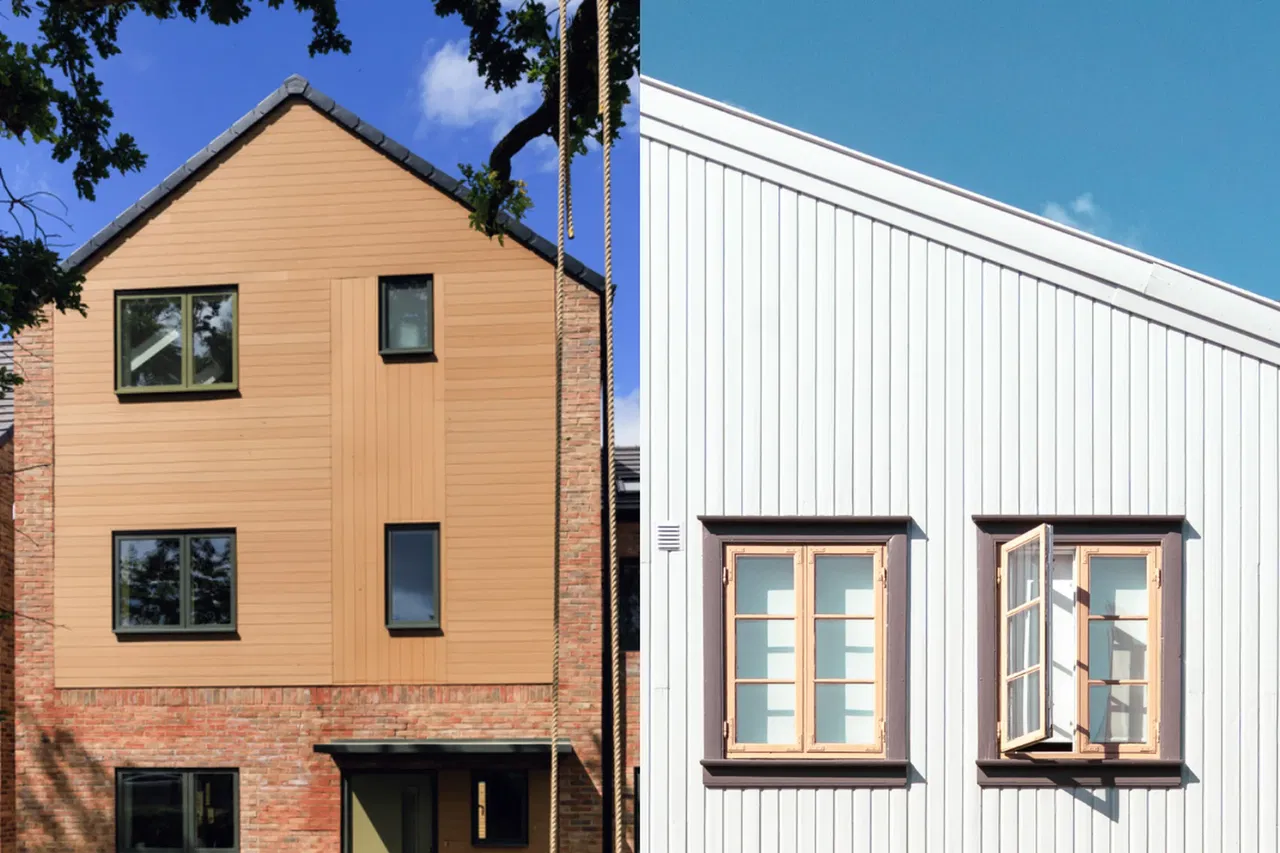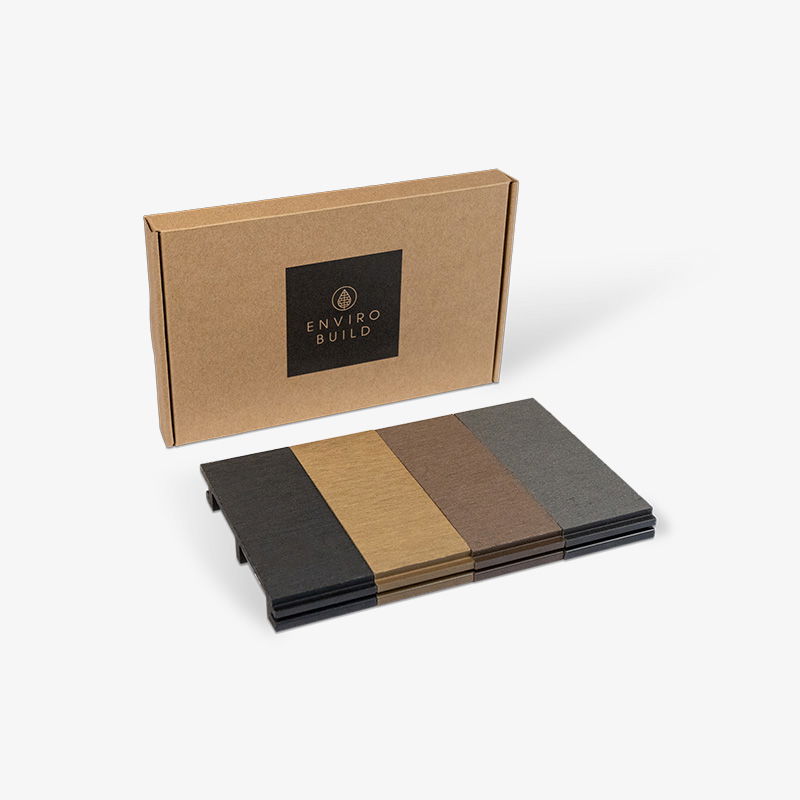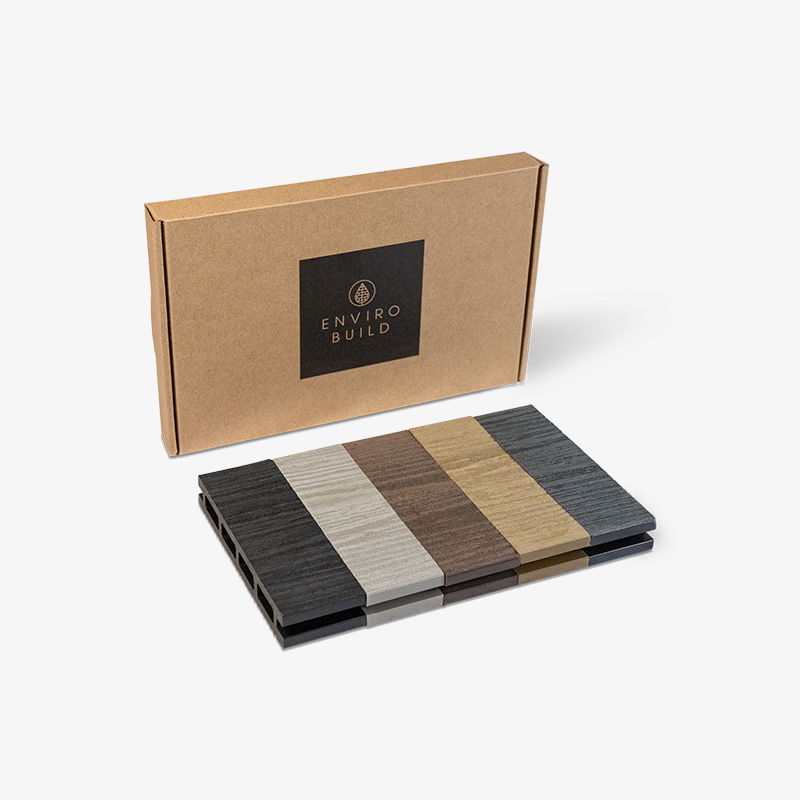uPVC vs Composite Cladding: Which Is Best for Your Project?
When choosing exterior wall cladding, it’s important to select a system that offers long-lasting protection, visual appeal and minimal maintenance. Two of the most common choices for modern façades are uPVC cladding and composite cladding, both marketed as durable, low-maintenance alternatives to traditional timber.

Author Name
Chief Writer
Thu, 28 Jul 2026

Material Overview
uPVC cladding (unplasticised polyvinyl chloride) is a type of plastic wall cladding commonly used for residential exteriors, soffits and fascias. It’s lightweight, affordable, and easy to install, offering protection against rain and weathering with minimal maintenance.
Available in a variety of colours and profiles, uPVC is a single-material plastic product, which can limit its lifespan and resistance to long-term UV exposure.
Composite cladding is an engineered material made from a blend of recycled wood fibres and polymer resins, combining the natural aesthetic of timber with the durability of modern composites.
Composite cladding is designed to resist UV rays, moisture and staining. The material composition ensures the boards maintain their colour and texture for decades, even in harsh UK weather conditions.
Composite cladding delivers a more premium, tactile finish than uPVC, with a realistic wood-grain texture and a wide choice of modern tones suited to contemporary architecture.
Appearance and Design
A major difference between uPVC and composite cladding lies in aesthetic quality.
uPVC cladding tends to have a flat, glossy surface that looks overtly synthetic, making it more suitable for utility areas or budget refurbishments. While modern manufacturing has improved the colour range, the overall visual depth is limited.
Composite cladding offers a more natural, timber-inspired look. Textured embossing and multi-tonal pigmentation replicate the variation of wood without the material drawbacks of timber.
This makes composite an ideal choice for architectural façades, garden buildings and commercial developments seeking a refined, sustainable finish.
Fire and Safety Performance
Fire performance is a critical consideration in modern façade design, particularly for multi-storey buildings, balcony applications and developments subject to strict building regulations.
uPVC/ PVC cladding normally has a fire rating of Euroclass C or D, meaning this type of cladding is combustible. C denotes a limited contribution to fire and D a moderate contribution to fire. By means of comparison, untreated wood cladding has a fire rating of class D.
Composite cladding can be engineered to deliver higher levels of fire performance. The exact rating depends on its formulation and construction. Our Sentinel range of composite cladding has been specially treated with fire-retardant additives giving it a Euroclass rating of Class B.
Disclaimer: It is the customer’s responsibility to determine the suitability of EnviroBuild Composite Cladding for their particular private or commercial installation. It is solely the customer’s responsibility to consult with their local building control to determine fire classification project requirements
Durability and Weather Resistance
While both materials resist rot and moisture, composite cladding is significantly more robust.
uPVC cladding can warp, crack or become brittle after years of UV exposure, particularly in cold climates where thermal contraction occurs. It’s also more prone to impact damage and visible surface scratches.
Composite cladding is engineered for dimensional stability. Its dense structure and material composition protect it from temperature fluctuations, UV degradation and surface wear. It also resists splitting and swelling, ideal for long-term, low-maintenance façades.
Cost and Value
uPVC cladding is typically cheaper upfront, however, factoring in its shorter lifespan, greater risk of discolouration and potential replacement costs, composite cladding often proves more cost-effective in the long run.
Composite cladding systems also enhance property value, offering a more premium and architecturally appealing finish that endures for decades without maintenance or repainting.
Sustainability
In terms of environmental impact, composite cladding is the clear winner.
uPVC cladding is made primarily from virgin plastic, the manufacturing process can involve harmful chemicals and it is often difficult to recycle at the end of its life.
Composite cladding from EnviroBuild is made with up to 90% recycled content, including reclaimed wood fibres and recycled plastics. The manufacturing process uses 100% renewable energy and 10% of profits are donated to global conservation efforts.
UV and Fade Resistance
uPVC cladding has a common issue with discolouration over time. Prolonged UV exposure can cause panels to yellow, dull or chalk, especially on south-facing elevations.
Composite cladding features integrated, UV-stabilised pigments that resist fading, ensuring the original colour remains consistent for decades.
In Summary: uPVC vs Composite Cladding
Both uPVC and composite cladding provide weather-resistant protection and a low-maintenance alternative to timber, but composite cladding clearly outperforms uPVC in every major category: durability, appearance, fire-resistance, sustainability and longevity.
If you’re looking for a façade solution that combines timeless design, minimal upkeep and sustainable performance get in touch with our expert team on 020 8088 4888








